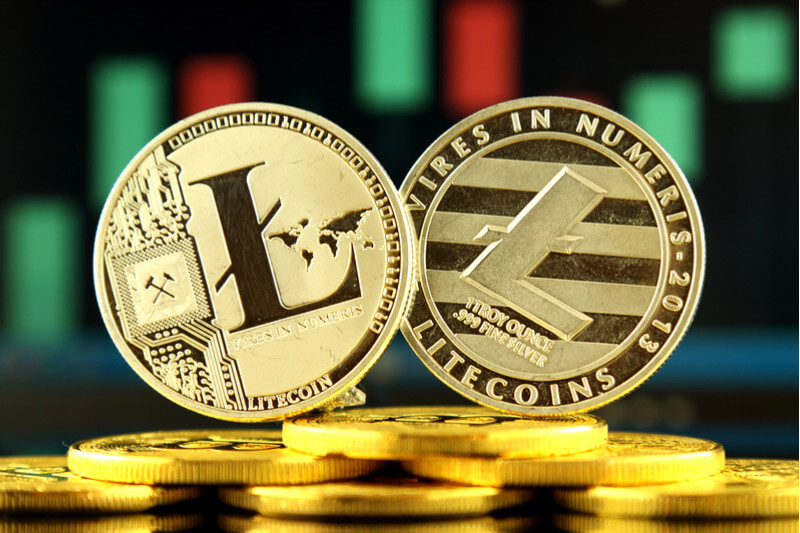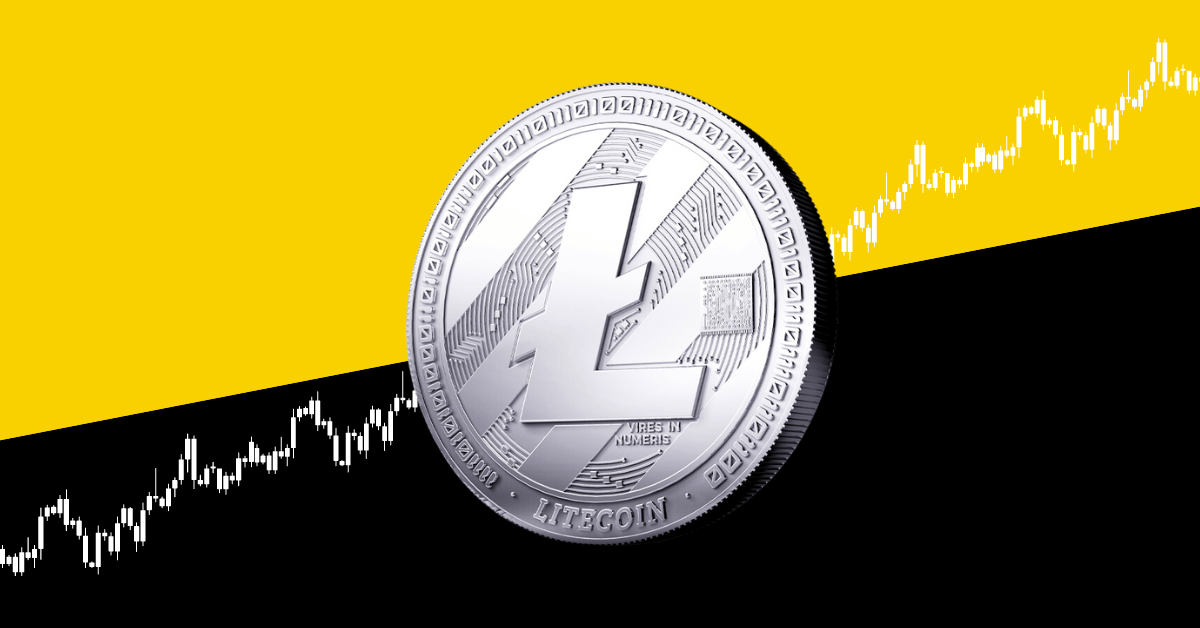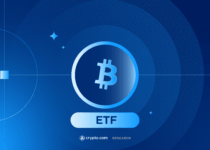Litecoin: The Silver to Bitcoin’s Gold?
Introduction
Litecoin, often referred to as “the silver to Bitcoin’s gold,” is a prominent cryptocurrency established in 2011 by Charlie Lee, a former Google engineer and early adopter of Bitcoin. Designed as a faster and more scalable alternative to Bitcoin, Litecoin has carved its niche within the ever-evolving landscape of digital currencies. This article delves into the intricacies of Litecoin, exploring its history, technology, functionalities, and potential future within the cryptocurrency ecosystem.
We begin by outlining the origins of Litecoin, tracing its development from Charlie Lee’s vision of a “lite version of Bitcoin” to its current standing as a well-established altcoin (alternative coin). We then delve into the technical aspects of Litecoin, unpacking its core functionalities and how it differentiates itself from Bitcoin. This section covers key areas like the Scrypt hashing algorithm, faster block confirmation times, and increased total supply.
Next, we explore the use cases of Litecoin, examining its potential as a medium of exchange, a store of value, and a tool for facilitating faster and cheaper cross-border transactions. We analyze the current state of Litecoin adoption by merchants and individuals, highlighting its strengths and weaknesses in this regard.
Technical Specifications 
Transitioning into the technical specifications of Litecoin, this section provides a deeper understanding of the underlying mechanisms that power the network. We delve into the following aspects:
- Scrypt Hashing Algorithm: Unlike Bitcoin’s SHA-256 algorithm, Litecoin utilizes Scrypt, a memory-intensive algorithm designed to be more resistant to ASIC (Application-Specific Integrated Circuit) miners. This democratizes mining to an extent, allowing users with standard computer hardware to participate in the process.
- Block Confirmation Times: Litecoin boasts faster block confirmation times compared to Bitcoin. While Bitcoin takes roughly 10 minutes to generate a new block and confirm transactions, Litecoin achieves this feat in approximately 2.5 minutes. This translates to quicker transaction processing and potentially smoother user experience.
- Increased Total Supply: Litecoin has a capped total supply of 84 million coins, which is four times more than Bitcoin’s 21 million. This larger supply allows for greater divisibility of the currency, potentially making it more suitable for microtransactions in the future.
- Litecoin Core Wallet: The official Litecoin Core wallet is a software program that allows users to store, send, and receive Litecoin. It offers a secure and decentralized way to manage your Litecoin holdings. Alternative wallets like hardware wallets and mobile wallets also cater to user preferences.
Comparison with Bitcoin
To better understand Litecoin’s position in the market, a detailed comparison with Bitcoin is essential. This section dissects the similarities and differences between the two leading cryptocurrencies, focusing on:
- Similarities: Both Bitcoin and Litecoin share core functionalities of most cryptocurrencies. They operate on a decentralized blockchain network, utilize a proof-of-work consensus mechanism, and offer censorship-resistant transactions.
- Differences: The key differentiators lie in the technical specifications. As mentioned earlier, Litecoin’s Scrypt algorithm, faster block times, and larger total supply set it apart from Bitcoin. Additionally, transaction fees on the Litecoin network are generally lower compared to Bitcoin’s due to its faster block confirmation times.
Use Cases and Adoption 
This section explores the potential applications of Litecoin in the real world. We examine its viability as:
- Medium of Exchange: While not as widely adopted as Bitcoin for everyday purchases, Litecoin offers faster transaction processing and potentially lower fees, making it an attractive option for merchants seeking to accept cryptocurrency payments.
- Store of Value: Similar to Bitcoin, Litecoin can be seen as a store of value due to its limited supply and potential for price appreciation. However, its price volatility remains a significant hurdle for mainstream adoption as a reliable store of value.
- Cross-Border Transactions: Litecoin’s faster block confirmation times compared to Bitcoin can be advantageous for international transactions. Lower transaction fees can also incentivize its use for sending money across borders.
We then analyze the current state of Litecoin adoption, looking at:
- Merchant Adoption: While major retailers haven’t widely embraced Litecoin yet, a growing number of online merchants accept Litecoin payments. This adoption is still in its early stages, but it holds promise for the future.
- Individual User Adoption: Litecoin enjoys a dedicated user base who value its faster transaction speeds and lower fees compared to Bitcoin. However, wider mainstream adoption remains a challenge that the Litecoin community actively works towards.
Future Potential and Conclusion
The concluding section explores the potential future of Litecoin within the cryptocurrency landscape. We discuss factors that could influence its growth, such as:
- Scalability Enhancements: (continued) The Litecoin development team is constantly exploring ways to improve the network’s scalability. Potential solutions like the Lightning Network integration could significantly increase transaction throughput, making Litecoin more competitive in the future.
- Regulation and Adoption: Regulatory clarity from governments and increased institutional adoption of cryptocurrencies could benefit Litecoin alongside the entire industry. Wider acceptance by financial institutions and businesses could propel Litecoin towards mainstream use.
- Community Development: A strong and active developer community is crucial for the ongoing development and maintenance of the Litecoin network. Continued contributions from developers will be vital for Litecoin’s future success.
We conclude the article by summarizing the key takeaways about Litecoin. Highlighting its strengths like faster transaction speeds, lower fees, and a larger supply, we also acknowledge its limitations such as price volatility and lower merchant adoption compared to Bitcoin. Ultimately, the future of Litecoin remains intertwined with the overall growth and development of the cryptocurrency ecosystem. As the regulatory landscape evolves and technological advancements emerge, Litecoin has the potential to solidify its position as a valuable and versatile digital currency.
Beyond the Basics
This section delves deeper into some advanced topics surrounding Litecoin, catering to readers with a stronger technical background. We explore areas like:
- Litecoin Mining: The process of mining Litecoin involves solving complex cryptographic puzzles to secure the network and earn block rewards. We can discuss the different mining methods like solo mining, pool mining, and cloud mining, along with the factors influencing mining profitability.
- Security Considerations: While Litecoin utilizes a robust proof-of-work consensus mechanism, it’s essential to address potential security concerns like phishing attacks, wallet vulnerabilities, and exchange hacks. We can provide best practices for storing Litecoin securely and mitigating these risks.
- Litecoin on the Dark Web: While not the intended use case, Litecoin can be used on some darknet markets due to its anonymity features. We can discuss the ethical implications of this use case and the ongoing efforts to combat illegal activities on the dark web.
Looking Forward
This article provides a comprehensive overview of Litecoin, from its origins to its technical specifications and potential future. By understanding its strengths, weaknesses, and position within the cryptocurrency landscape, readers can make informed decisions regarding Litecoin’s role in their investment portfolio or its potential use for daily transactions. As the cryptocurrency market continues to evolve, Litecoin will undoubtedly adapt and innovate to stay relevant. Whether it fulfills its potential as the “silver to Bitcoin’s gold” remains to be seen, but its presence in the digital currency space is undeniable.







